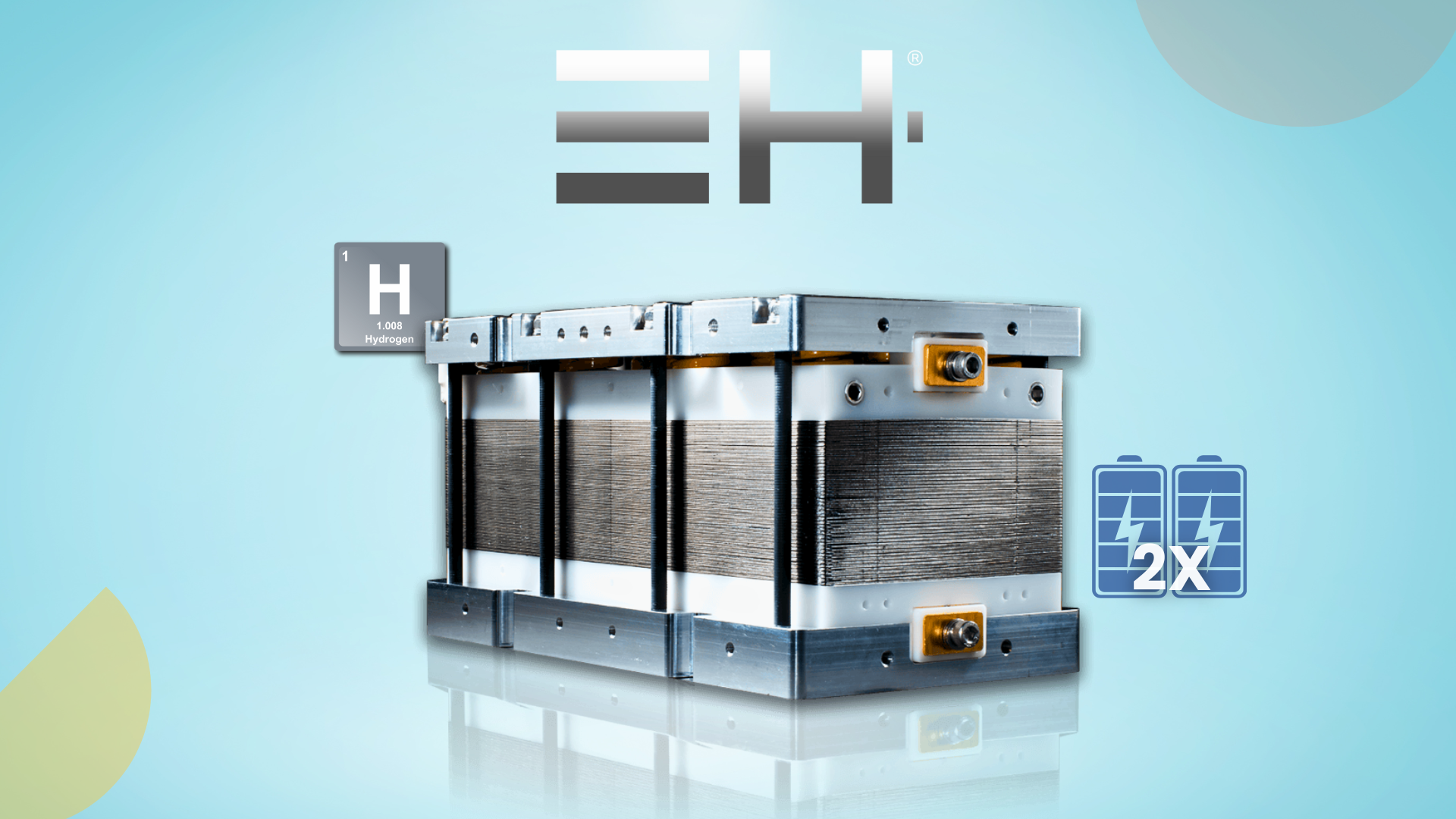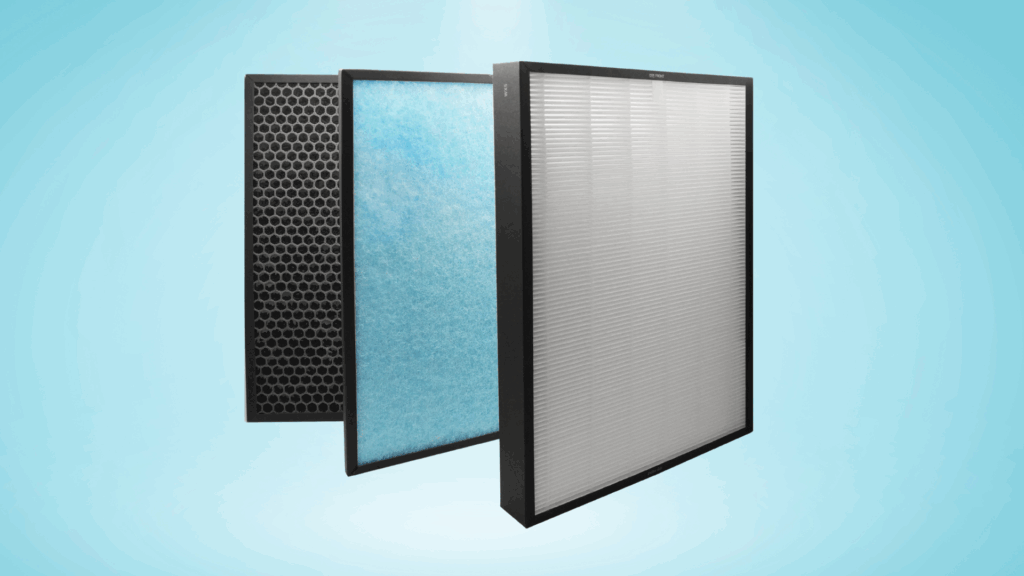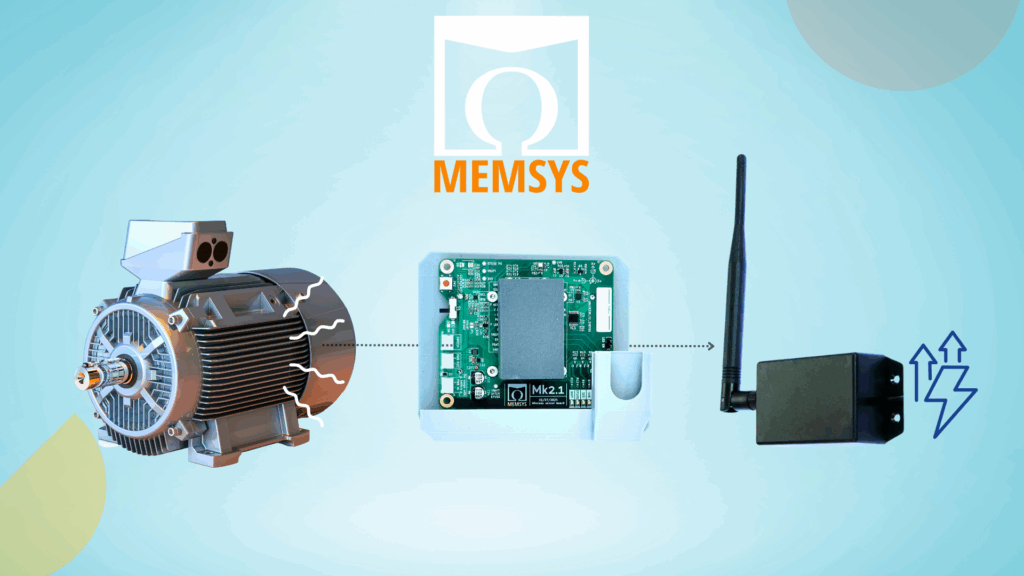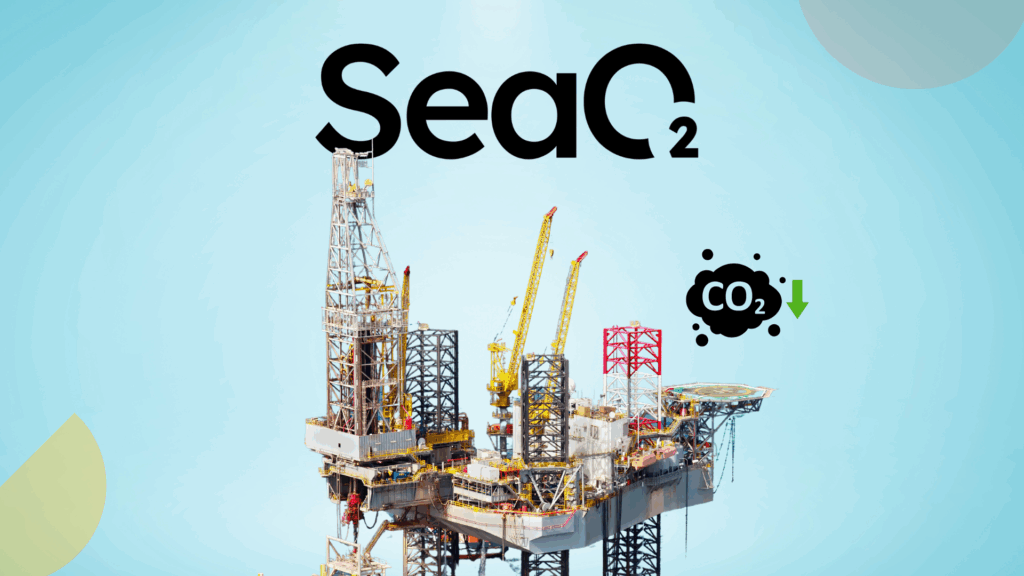The promise of hydrogen fuel cells as a clean alternative to fossil fuels has been a topic of discussion for decades. But the reality of implementation has been slow and painful.
Infrastructure for refueling is sparse. The fuel cells themselves are expensive and complicated. Many fuel cell innovations in recent years have been incremental—tweaking around the edges—without solving core issues. This has kept adoption lagging far behind expectations. This is particularly true for marine vessels and aircraft, where batteries are either too heavy or lack the necessary endurance.
A Swiss startup named EH Group is tackling these foundational problems head-on. Their new design allows for a thinner cell pitch, delivering twice the power density compared to conventional designs. Additionally, their manufacturing process converts raw materials into ready-to-use stacks in a single line, eliminating costly steps and the need for external partners.
To better understand how their technology works, we spoke to Christopher Brandon, CEO of EH Group. This article contains notable highlights from our entire conversation.
This interview is part of our exclusive Scouted By GreyB series. Here, we speak with the founders of innovative startups to understand how their solutions address critical industry challenges and help ensure compliance with industry and government regulations. (Know more about startups scouted by GreyB!)

Christopher Brandon is the CEO of EH Group. He co-founded the company and is responsible for finance and business strategy. Chris had co-founded a leading currency hedge fund in 2000, raising over $2 billion for institutional clients over 20 years. He’s actively involved in macro and clean-tech investing, shaping EH Group’s business strategy in fuel cell technology.
How EH Group Built a Hydrogen Fuel Cell That’s Cheaper, Lighter, and Ready for the Sea
EH Group is a hydrogen fuel cell startup based in Switzerland with manufacturing operations in India. Their core innovation lies in radically simplifying the design and production of fuel cells. Unlike conventional stacks that require multiple components and complicated assemblies, EH Group has developed a unique cell architecture that supports a streamlined, single-line manufacturing process. This enables them to deliver higher power density at significantly lower costs, addressing two of the main barriers to fuel cell adoption. Their systems are already gaining traction in the maritime, aviation, and data center sectors.
Why hasn’t hydrogen fuel cell technology been adopted more widely?
Chris: There are two main reasons. First, the infrastructure for hydrogen—its production, storage, and refueling—is still being developed and takes time. People were overly optimistic a few years ago, but now there’s more realism, and projects are moving forward. Second, despite the significant innovation, most of it is incremental. The key customer pain points—cost and complexity—haven’t been fully addressed. Using a fuel cell is still too expensive and too complicated for many users.
How is EH Group solving those pain points?
Chris: We tackled the issue right at the core: the fuel cell stack itself. The internal structure of our cells is entirely different from that of others. It’s designed not just for performance, but also for manufacturability. That means we can produce it at scale and lower cost, even in small volumes. We’ve removed a lot of complexity by integrating what are usually separate processes—coating, welding, sealing—into one continuous production line.
You mentioned higher power density. How do you achieve that?
Chris: It comes down to our unique cell structure. Typically, the spacing between cells—what’s called the pitch—is around 1 to 1.4 millimeters. We’re already at 0.8 and moving toward 0.6. At the same time, we ensure proper thermal management and efficient hydrogen flow, allowing for more power to be generated per square centimeter. The result is industry-leading power density.
Interested in more such sustainable hydrogen startups? Here’s a report on 25 green hydrogen startups to look out for this year.
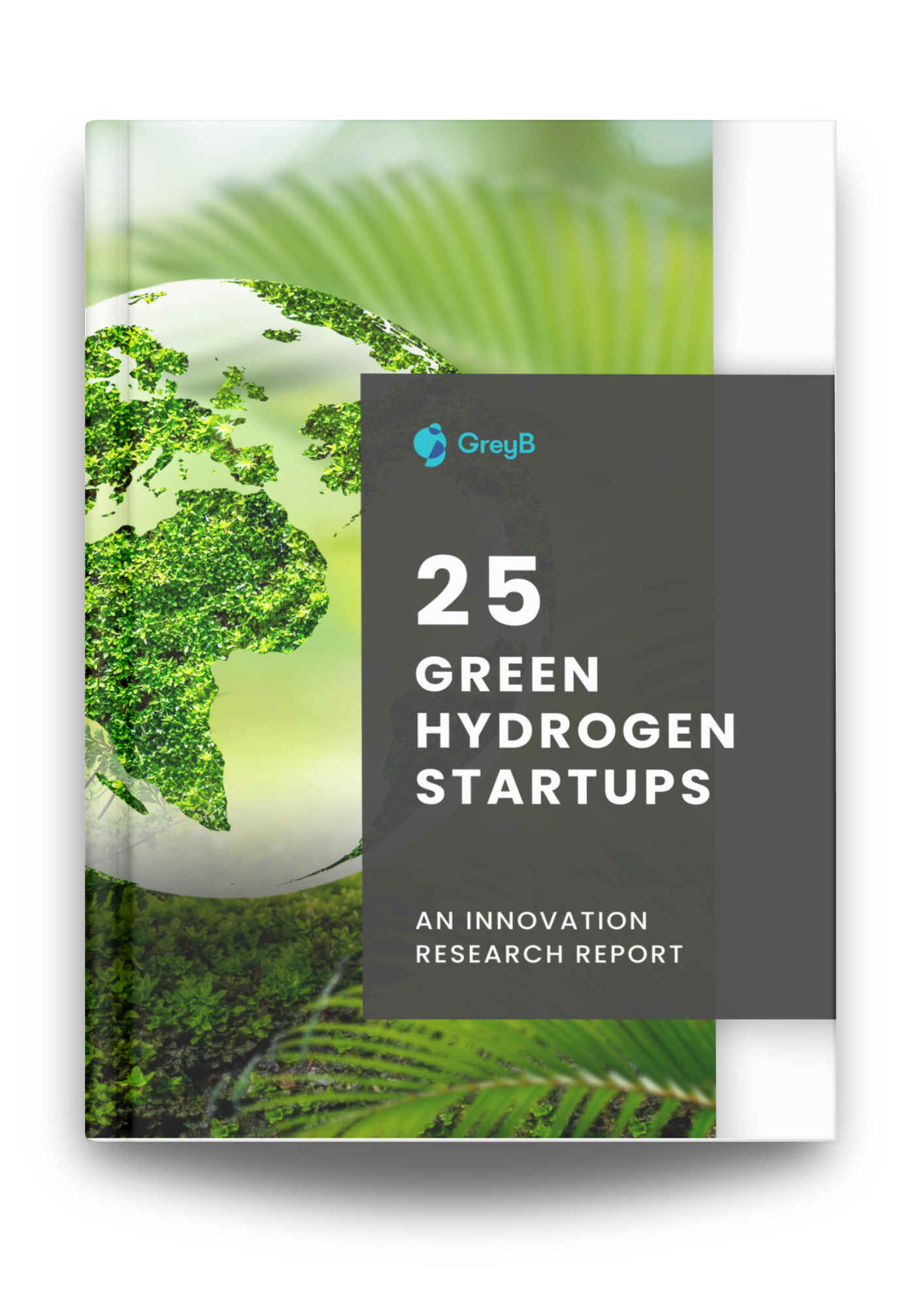
25 Green Hydrogen Startups
Read The ReportHow do you see hydrogen fuel cells competing with battery electric systems?
Chris: It depends on the application. For small vehicles—cars, bikes, even most trucks—batteries are the way to go. But in the marine sector, for example, batteries are too big and heavy. That’s where fuel cells shine. We’re seeing strong traction in marine applications like tugboats, cruise ship auxiliaries, and in aviation for aircraft in the 20 to 150-seat range. Batteries just can’t compete there.
So you’re focused on heavy applications first?
Chris: Exactly. We’re targeting what you might call the “big fish” first. Marine is a primary focus. We’ve developed a 250 kW fuel cell system that fits inside a container and meets marine certification standards. But it’s the same system we use for stationary power, too—like microgrids or backup systems for data centers. In those use cases, batteries can’t provide the duration or reliability needed.
What about hydrogen infrastructure—how are you navigating that challenge?
Chris: Infrastructure is a big challenge, no question. In maritime, different fuels might work in other ports. In Rotterdam, for example, they’re investing in liquid hydrogen, but methanol is also a strong candidate—it’s safe, energy-dense, and easier to handle. Our fuel cells can run on hydrogen derived from methanol through a reforming process. We’re trying to stay flexible in response to what the market and infrastructure provide.
How do you manage thermal regulation in long-term scenarios, such as maritime use?
Chris: That’s not such a big issue in maritime, because you’re surrounded by water. A simple heat exchanger is usually enough. The bigger challenge is hydrogen storage—especially in liquid or carrier forms, such as methanol or ammonia—and building the necessary infrastructure to support it.
You’ve managed to cut costs significantly—how?
Chris: There are two levels. First, at the stack level, we’ve eliminated all the separate processes and replaced them with one streamlined line. That cuts cost and complexity. Second, at the system level, we use just one stack instead of multiple ones. That means fewer compressors, fewer components, and a simpler design overall. Less equipment, less maintenance, less cost.
What are your plans for expansion and global scale?
Chris: In the U.S., forklifts already use hydrogen widely—it’s safe and effective. However, heavy-duty mobility, such as trucking, still faces infrastructure issues. We’re seeing good momentum in Europe with 350-bar refueling stations. But China is probably furthest ahead—they’ve made hydrogen a strategic priority. India is also moving fast with strong ambitions in hydrogen. We’re already present in Chennai and exploring partnerships in regions that offer both regulatory support and infrastructure potential.
Meet our Interviewer – Shabaz Khan, Marketing Manager at GreyB
Shabaz Khan, Marketing Manager
Want to find other scalable startups innovating in hydrogen fuel cells? Please fill out the form below to contact our experts.
Get in touch
Please share your query below

